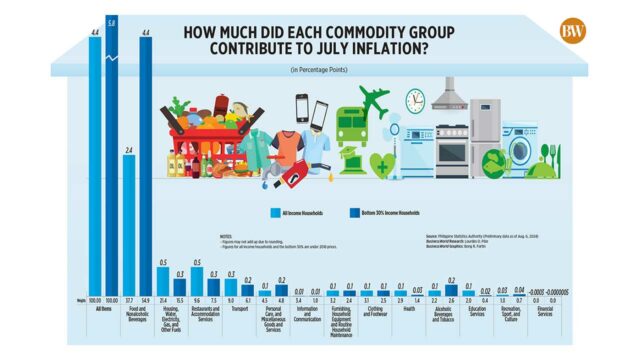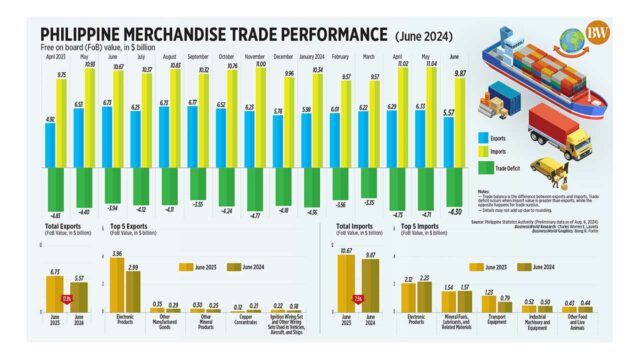Deadpool & Wolverine leads a pop culture cascade of F-bombs
LOS ANGELES — What the f—? The F-word, once seen as the most shocking expletive in the English language, has become commonplace in pop culture.
Deadpool & Wolverine, the R-rated Marvel film from family friendly Walt Disney, features the word “fuck” more than 100 times. Taylor Swift sings it 18 times in just one song on her hit album The Tortured Poets Department, and many other pop stars utter it freely.
As its public usage has increased, the word has undergone what language experts call a “semantic shift,” or a change in meaning over time, said Roy Peter Clark, a writing teacher and author of several books on writing.
He points to a scene in My Lady Jane, a drama series on Amazon’s Prime Video streaming service. A girl who appears to be roughly 10 years old uses the word as her older sister is about to be beheaded under orders from Queen Mary.
“Fuck Mary,” the girl says.
Putting the F-word in the mouth of a child actor, Mr. Clark said, shows it has become less taboo over time.
“It’s used in so many different ways, some that are clearly very negative, and other ways that are humorous, and other ways that are mischievous and other ways that are emphatic,” said Mr. Clark, a senior scholar at the Poynter Institute, a nonprofit focused on media. “It has become less negative.”
A British study published in 2021 found that “fuck” was the most-used swear word and was particularly popular with teenagers and young adults. A 2023 study published in the Journal of Pragmatics sought to understand how its usage had evolved.
Comparing conversations among British teenagers in the 1990s and 2010s, researchers Robbie Love and Anna-Brita Stenstrom found less slinging of the F-word as an insult, or as a term for sexual intercourse.
The word was more likely to appear in phrases such as “what the fuck?” and “for fuck’s sake,” they found. Teens tossed the word around in friendly conversations.
Karen North, a psychologist and professor of digital social media at the University of Southern California’s Annenberg School, said habituation likely has made the word less jarring.
“Anything that you experience over and over and over again, you’re desensitized to,” Ms. North said. “If you’re in a room that smells very bad, then after a few minutes you don’t smell it.”
With language, “if you keep hearing the F-word, or any particular inflammatory or emotional thing over and over and over again, you’ll start desensitizing because your senses get used to it,” Ms. North said.
Many people still find the F-word highly offensive. Its use is often cited by politicians to ban books such as J.D. Salinger’s 1951 novel The Catcher in the Rye in schools and libraries, Mr. Clark noted.
At Disney, executives offered “nothing but support” after seeing the foul language in the new Deadpool movie, said Kevin Feige, president of Marvel Studios. They understood that the raunchy humor was a key to the success of two earlier Deadpool movies made by Fox.
When Disney bought the Deadpool character as part of a deal with Fox, Marvel filmmakers decided “we were going to stay true to the spirit of what Deadpool is,” Mr. Feige said.
Deadpool & Wolverine was rated R in the US and 15 in the United Kingdom, a signal to parents that it was not intended for young children. In the Philippines, it received a rating of R-16 from the Movie and Television Review and Classification Board. R-16 restricts viewership to those aged 16 and above, with the reviewers citing the film’s mature content as the reason.
Audiences embraced the movie, which racked up the biggest opening weekend of the year with $211 million at US and Canadian box offices. Total global sales reached an estimated $824 million through Sunday.
For the Deadpool character, the F-word “makes sense, and if it wasn’t there, it wouldn’t feel right,” said 22-year-old Marvel fan Gaige Johnson from Michigan.
Another Marvel fan, Diana Alvort from Mexico, laughed when asked if there was too much swearing in the film.
“Fuck that,” she said. “Come on, it’s a fun movie. Let’s not get so serious. You know, there’s moments for everything and so I don’t have a problem with that. Just enjoy it.” — Reuters














